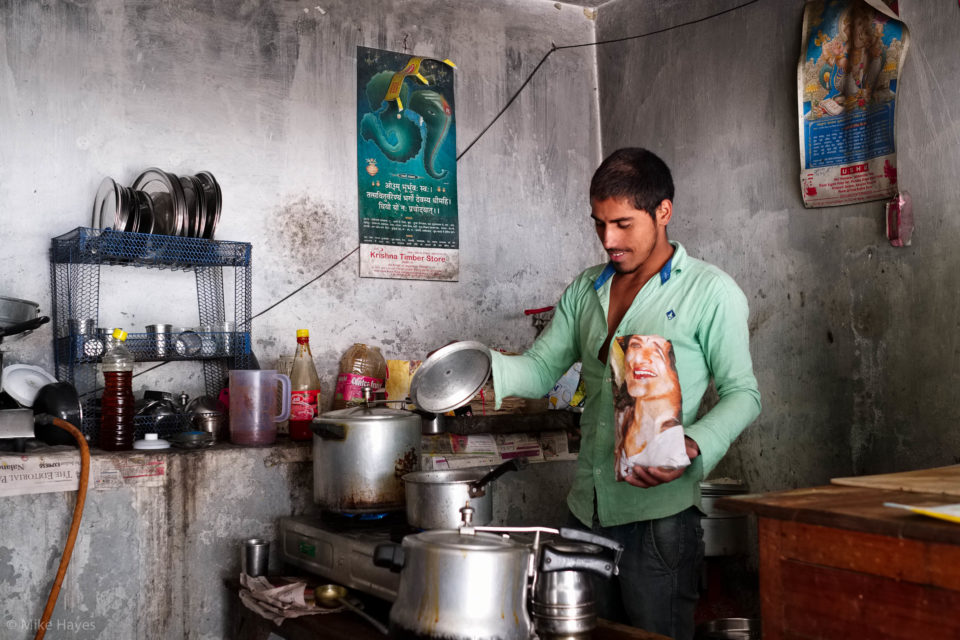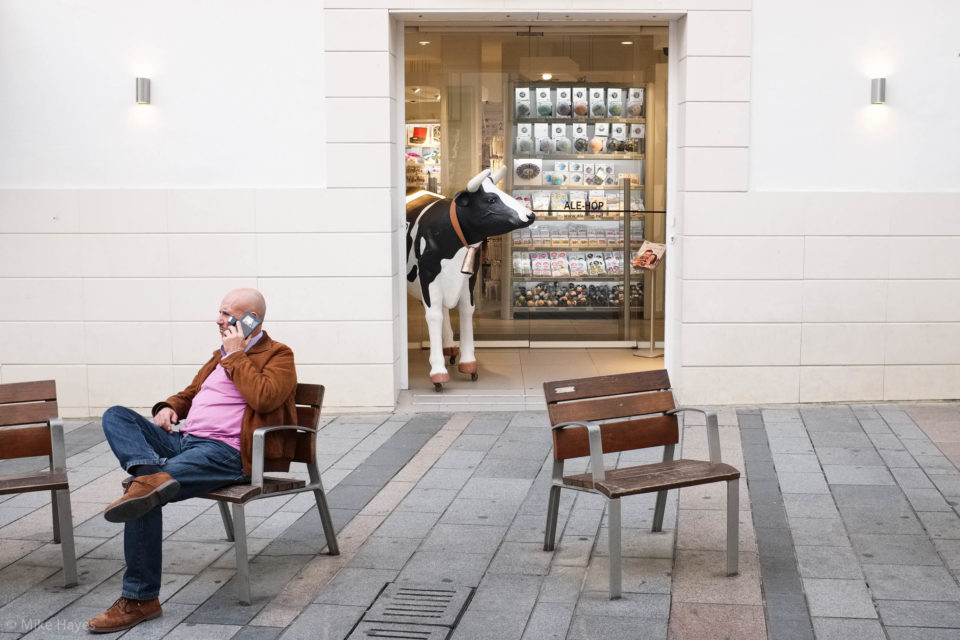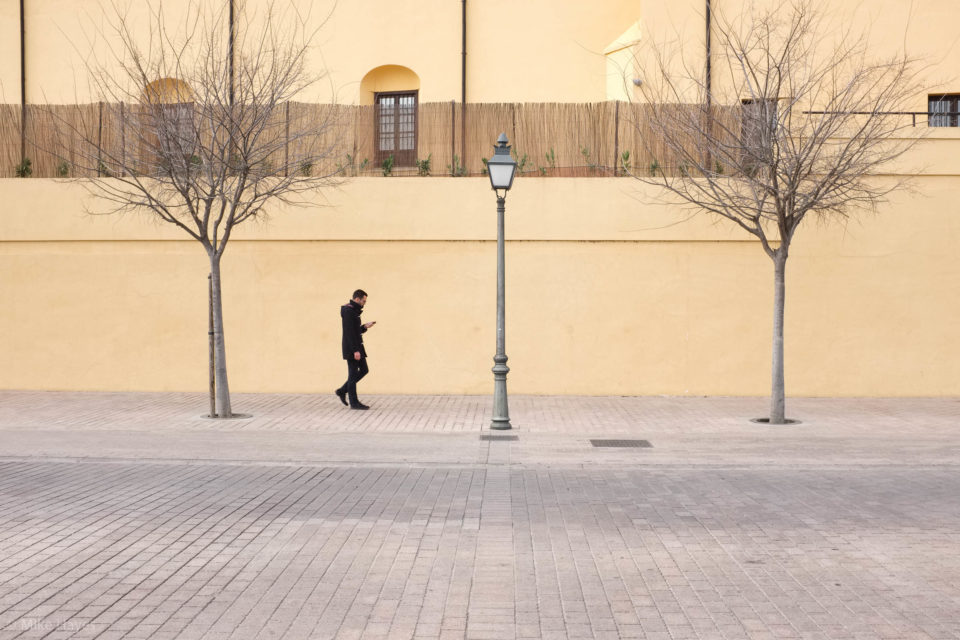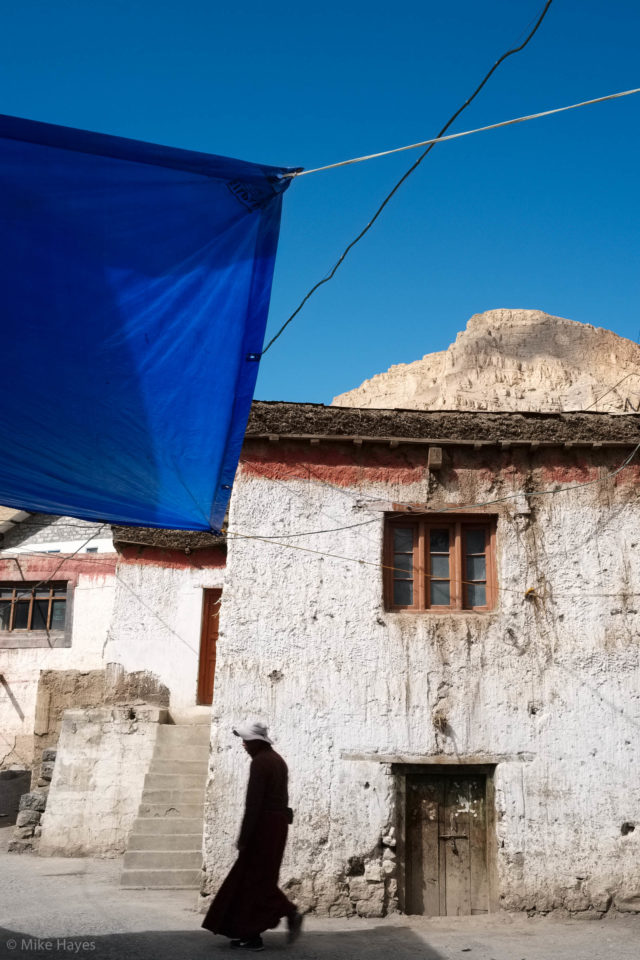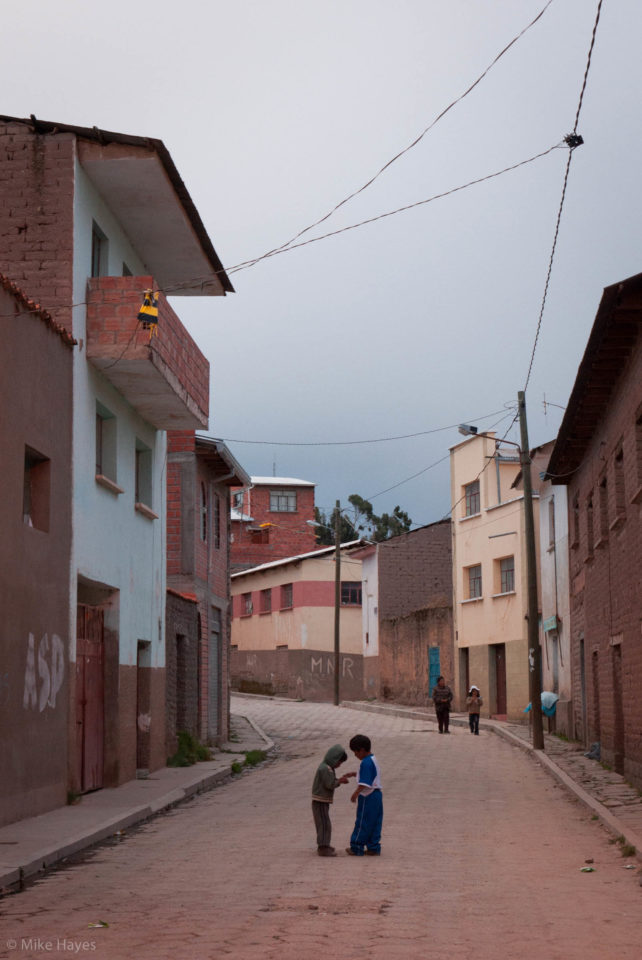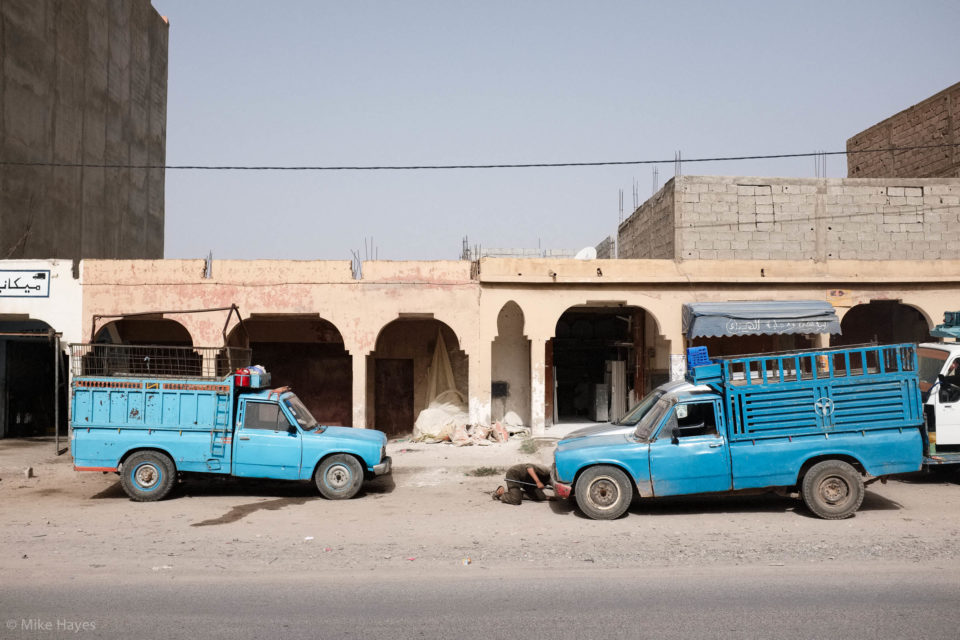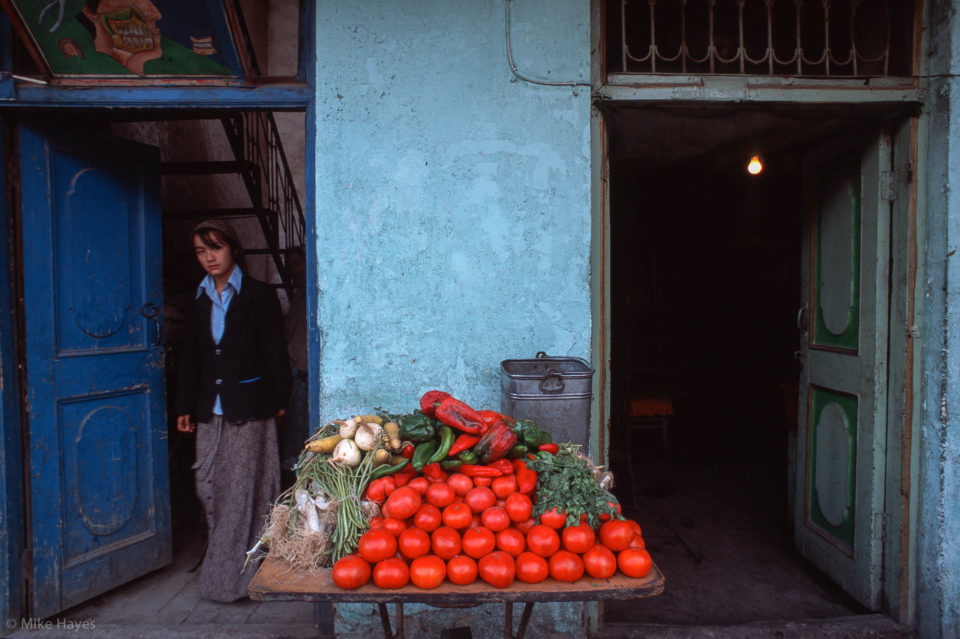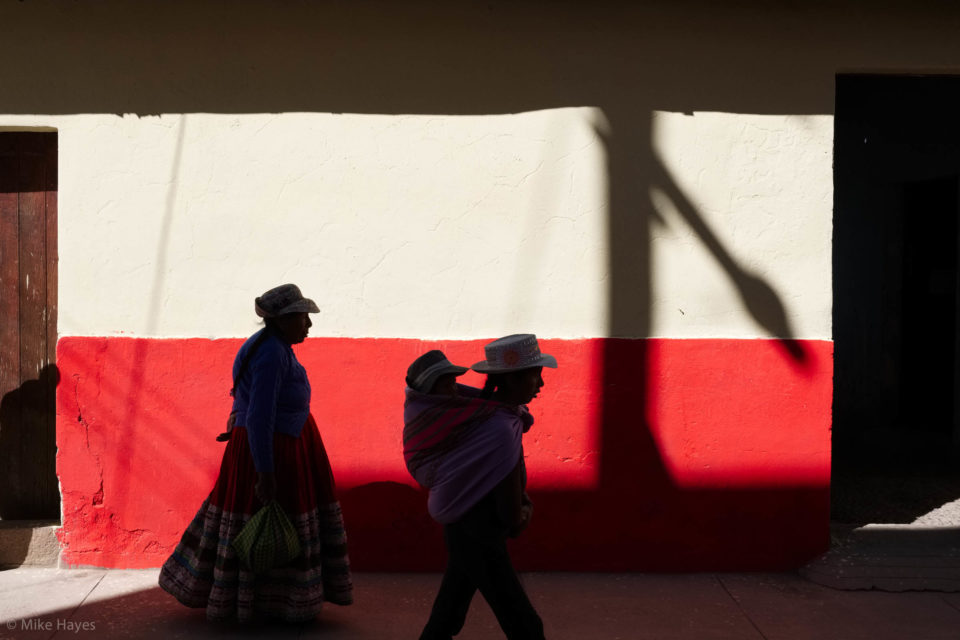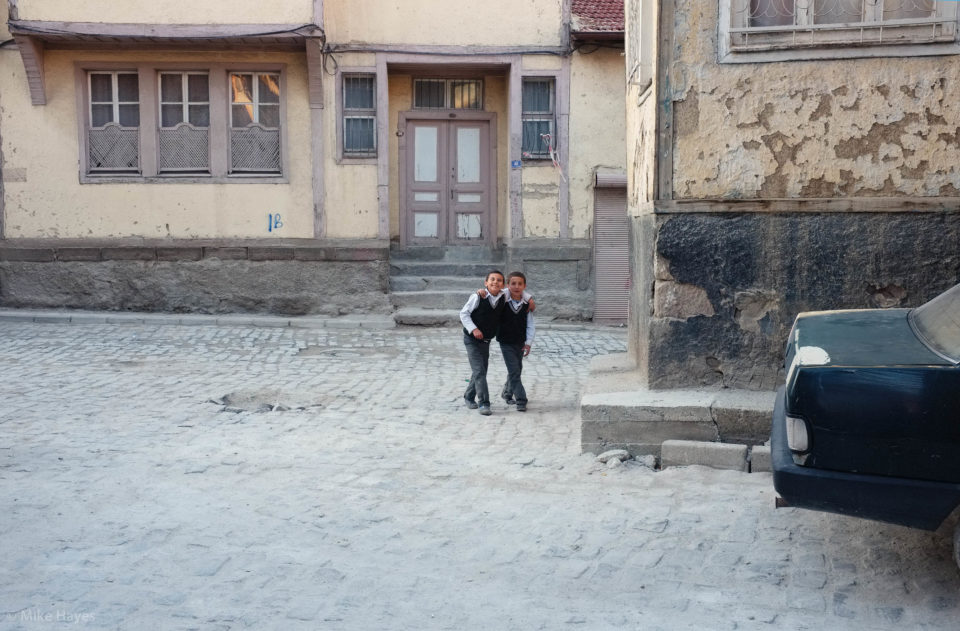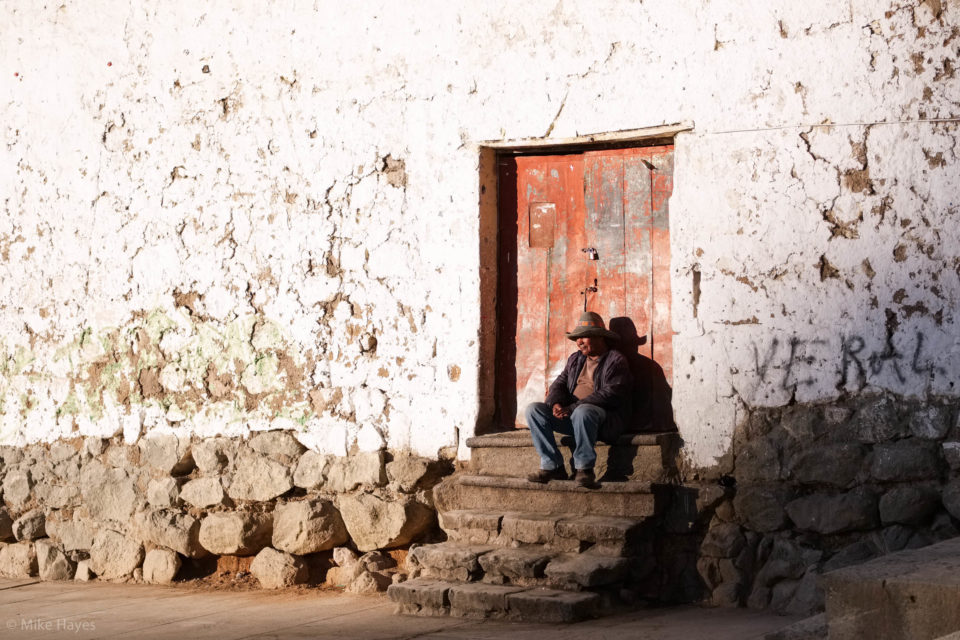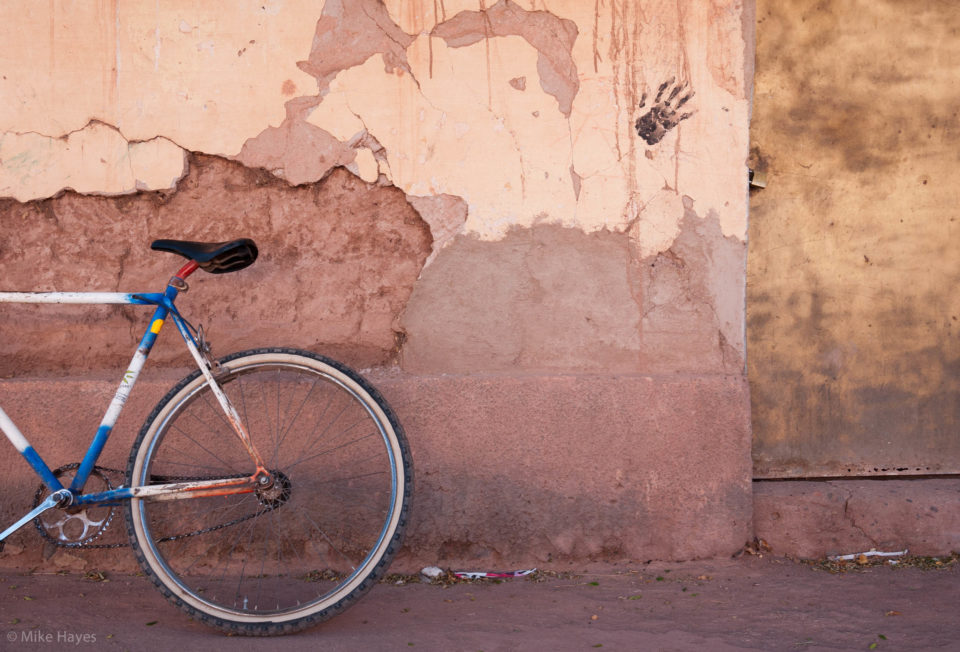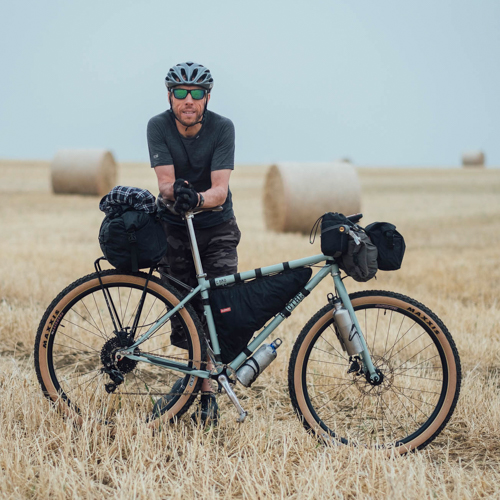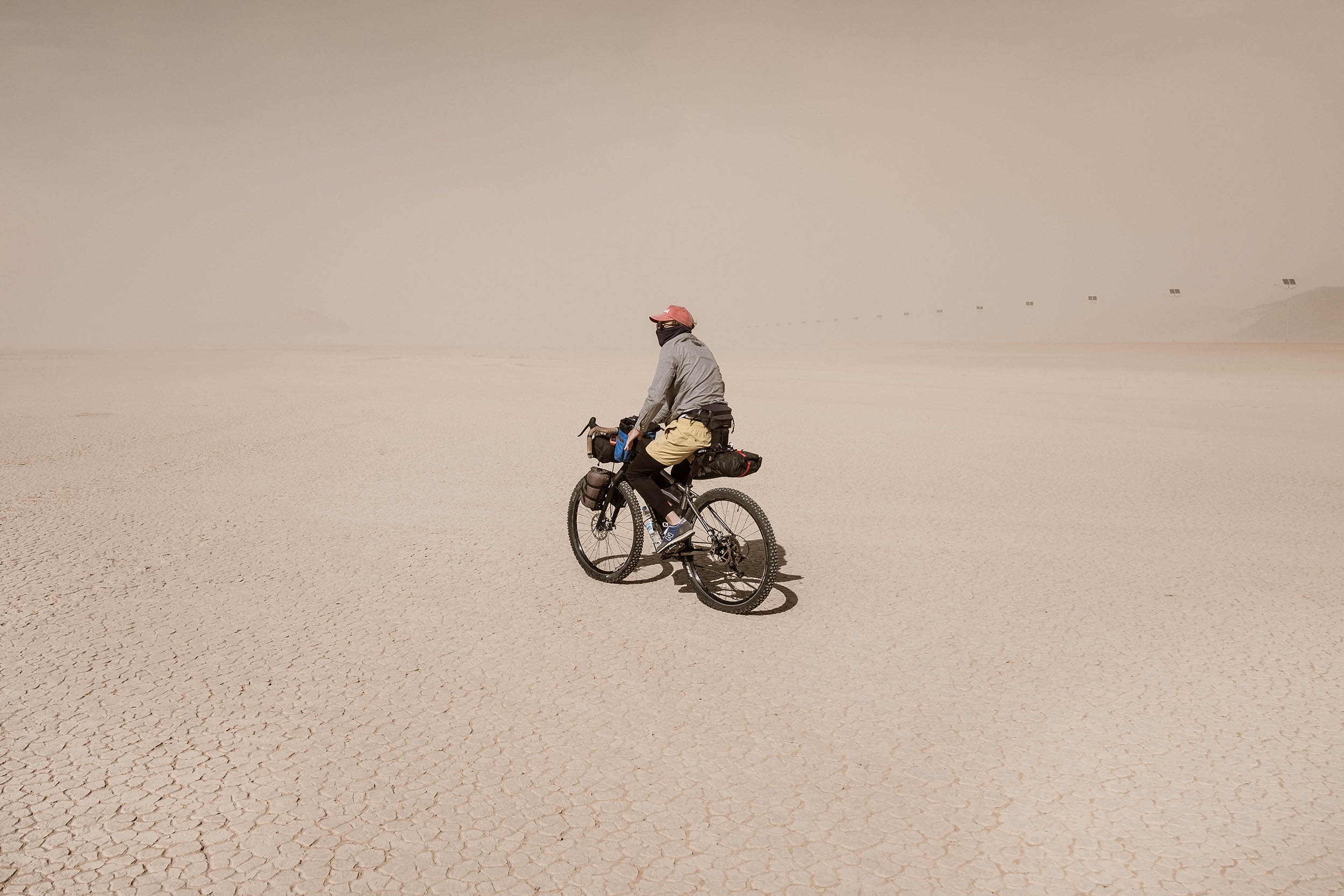Rider’s Lens: Mike Hayes on Street Photography
Share This
In this edition of Rider’s Lens, we chat with Mike Hayes and hear his unique perspective on travel photography. We learn about the meditative quality of street photography, why bike touring lends itself well to this style of reportage, and glean a few of Mike’s tips for trying it out ourselves…
Words and photos by Mike Hayes (@seasurfdirt)
Editor’s Note: This post was originally published in 2020, but with the deadline for our new Rider’s Lens Grant approaching on June 17, we’re highlighting some of our favorite Rider’s Lens features from over the years. Click here to learn more about the 2022 Rider’s Lens Grant and how you can win one of several awards with cameras from Fujifilm, a bike from Tanglefoot Cycles, and more.
This website is absolutely dripping with super inspirational documentary and travel photography, which is great, because while I enjoy documenting a journey, I’m not particularly a natural at that sort of storytelling with a camera. When Cass asked me if I would share some of my pictures, we thought it might be interesting to put a slightly different spin on bikepacking photography by putting up some more street-flavoured pictures. With that in mind, I’ve selected a few, all taken while travelling by bike but showing a different side of the bikepacking experience.
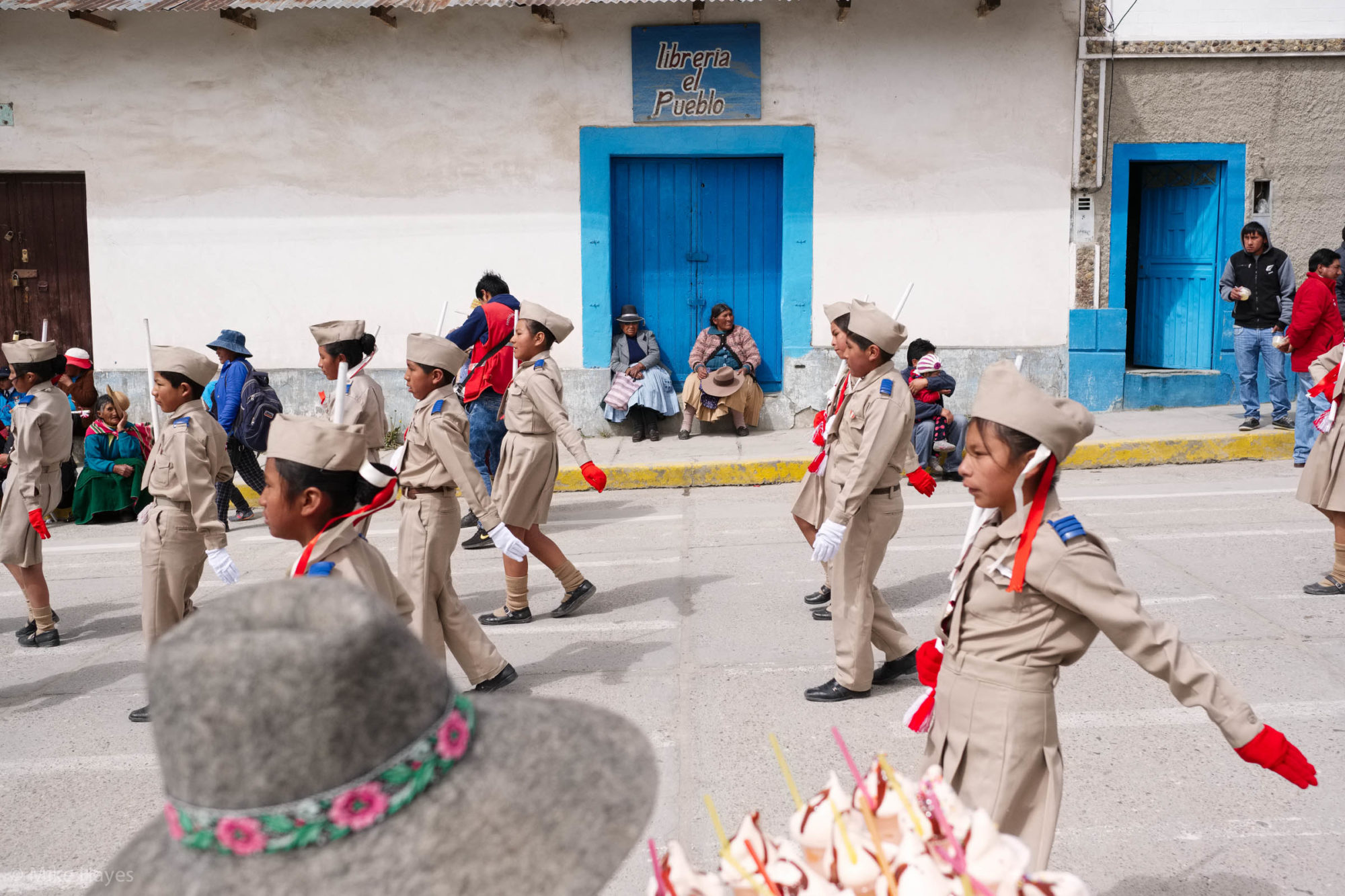
I’ve learned over the years that the flavour of photography I’ve chosen to show here doesn’t always appeal. While I enjoy it immensely, I don’t bother sharing much of it on Instagram, for example, as it often lacks the instant “wow” appeal that’s often looked for in a social media-driven world. It simply documents moments that caused me to stop and think “Oh, look at that.” I tend not to experience the world in a particularly objective sense, e.g. a nice view of a cyclist riding in fabulous mountain scenery, for example. Neither do I tend to build on themes or subjects; it’s a little more fundamental than that. Shapes, colours, shadows, the spatial relationships between objects, unexpected symmetry, a brief moment of eye contact, inconsequential details in the background, or the momentary anticipation of the convergence of things are generally what cause me to pick up my camera. Despite the lack of a binding theme, when I look collectively at all these little moments in time captured from around the world, I feel they simultaneously show the cultural differences that make travel so interesting, as well as our common humanity.
I tend to travel quite slowly on my bike because I love to hang out in places, sometimes for days at a time, and especially in the sort of locations that get written off by many travellers as “nothing much there.” There’s never nothing there, and my bicycle is perfect for enabling this sort of exploration. With no schedules to keep, distractions, or pressure to continue moving, I can slow down and tune in. To me, it seems wasteful to race through a country at high speed on two wheels since the whole point of choosing to travel by bike in the first place is to enjoy a more intimate experience. Travelling this way introduces me to many more local people and their lives than I might otherwise have engaged with, and has a side benefit of enforced stops due to injury, illness, or mechanicals not being as onerous as they might otherwise be.
CAMERA GEAR
As far as camera kit goes, and handily for bike travel, I’ve always used small rangefinder-type cameras with just a couple of fixed focal length lenses. Anything bigger, or that requires any kind of decision-making as regards the camera itself, is too much of an obstacle to being able to record the thing that prompted me to put my camera to my eye in the first place. Similarly, if I have things on my mind, it’s rare that I’ll be able to take a picture. And, if I set out specifically to take pictures, then I have already failed. As such, my camera is very much secondary to the picture-taking process; I don’t always take a picture when I’m stopped by something, and it doesn’t matter if I don’t have my camera with me when something catches my eye. It is enough to have enjoyed that brief moment in time. All of those moments enrich my experience of the world whether I take a picture or not.
In terms of gear specifics for bicycle travel, for years when still using film exclusively, I used a Leica M6, then an MP, and a Zeiss Ikon (Leica M-mount) with 35mm and 75mm lenses. I’ve since sold the Leica. As I don’t shoot much film these days, one of them had to go, and at the risk of offending legions of Leica fans, the Zeiss Ikon is, in my opinion, a far better camera, albeit not quite so bombproof.
When on my bike these days, I mostly carry either just a Fuji X100S, a superbly compact little tool with its fixed 23mm lens (35mm equivalent) or a Fuji X-Pro 2 with 23mm and 50mm lenses (35mm and 75mm equivalent, respectively). The Fujis are not rangefinder cameras in the true sense, but the handling is similar and both are equally unobtrusive in use. The X100s, in particular, I find deeply satisfying to travel with as my only camera.
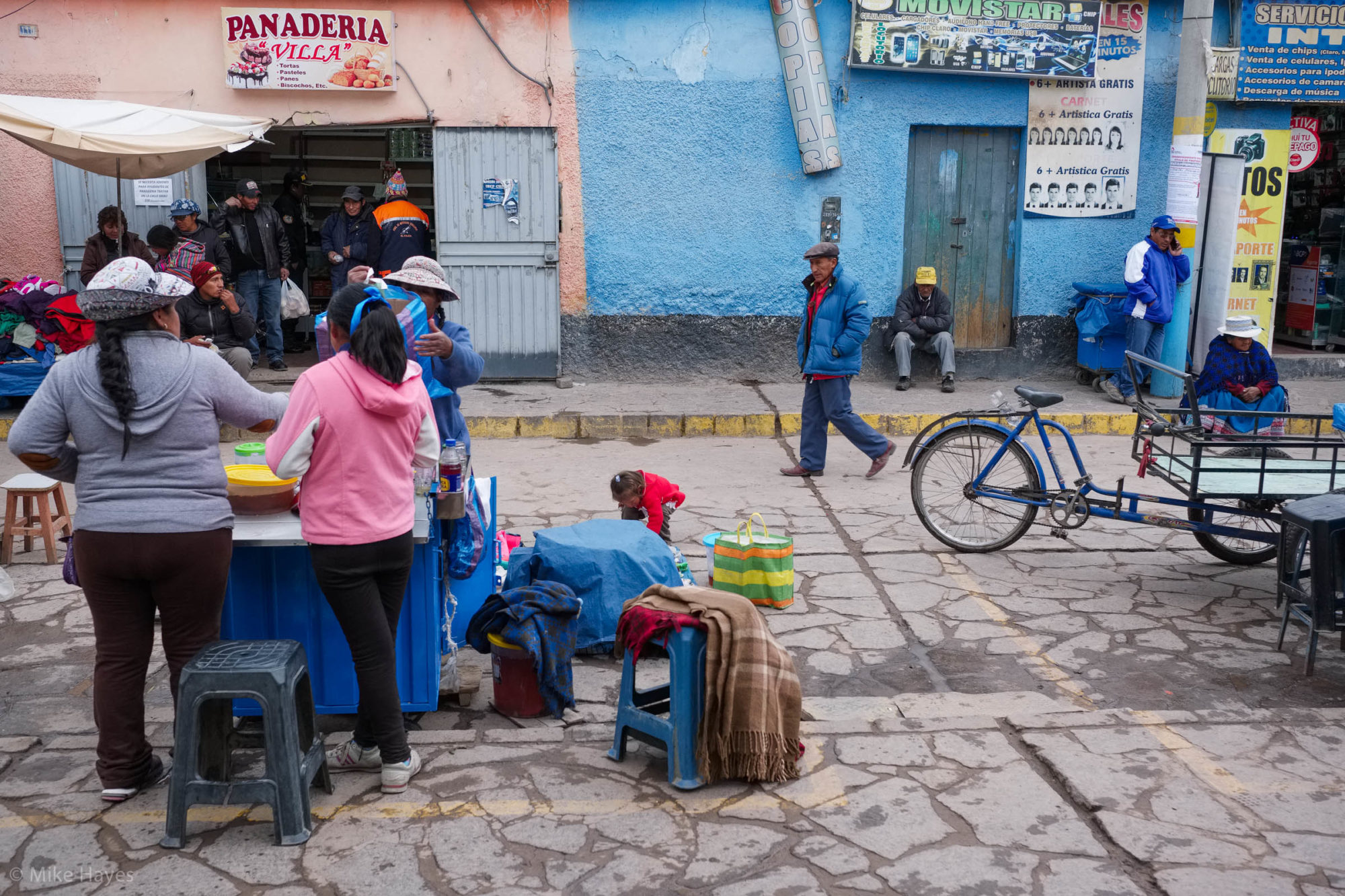
CAMERA CARRYING
I don’t like having a camera around my neck or on display. It’s important to be discreet, I think, as well as a non-obvious target for thieves in certain places. It also emphasises the notion of the camera as simply an accessory to your enjoyment of the world around you. My cameras always just have a wrist loop rather than a neck strap, and, being small, can often live in my pocket while on my wrist while wandering. For carrying the camera, I used to use a little canvas army surplus shoulder bag that would roll up and stow away neatly when riding. It worked very well when off the bike as it had lots of utility, didn’t look like the sort of thing anyone would want to steal (especially once properly grubby), and also had some room for other bits and bobs, like a rain jacket, notebook, stuff from the market, and so on. Recently, however, I’ve been busy at my sewing machine making a bag that fills exactly the same role and works in the same way, but fits on my handlebars when riding, and is waterproof with a roll-top. You can see a prototype in the Rider and Rig article that was published back in September.
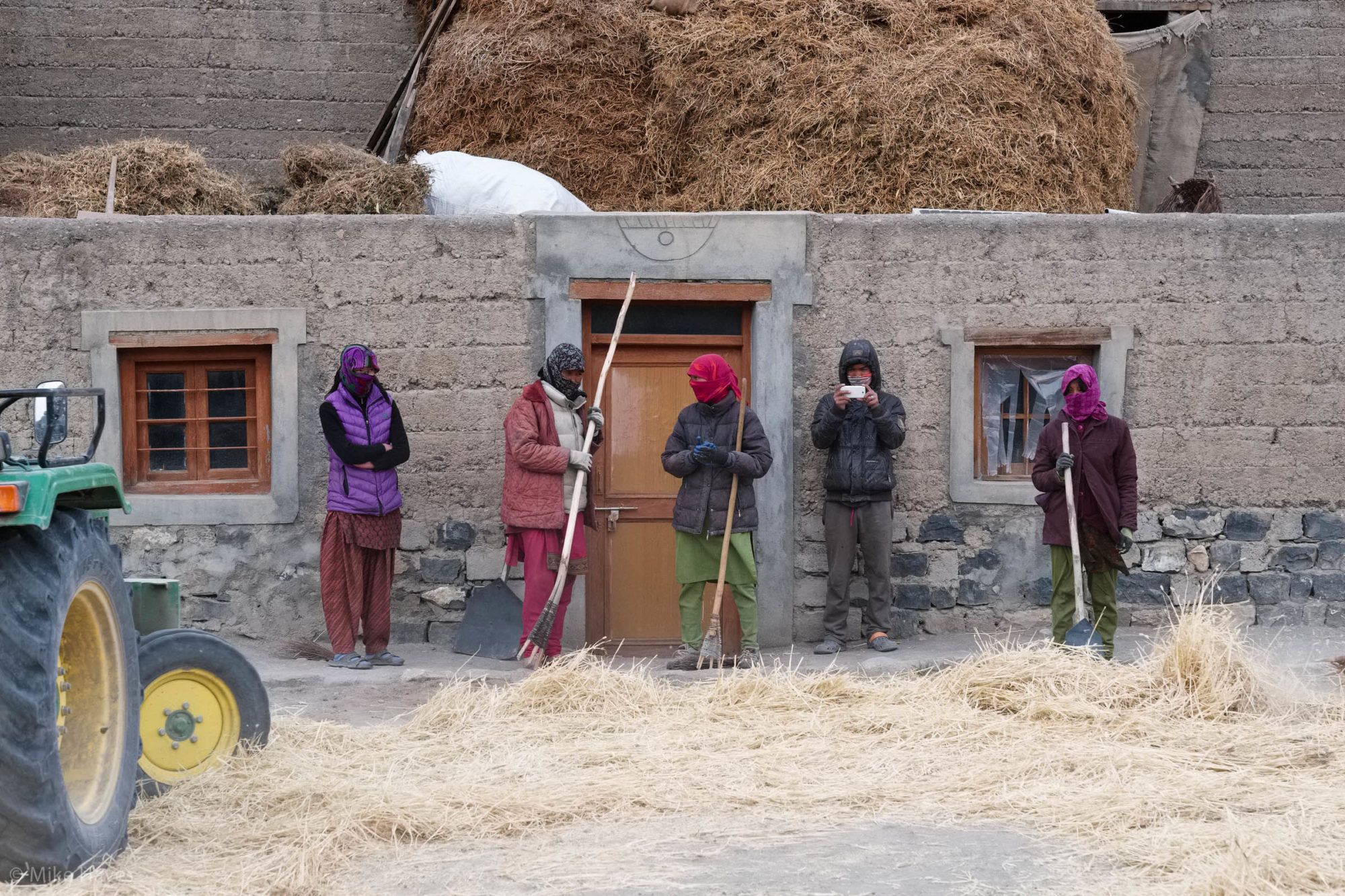
STREET PHOTOGRAPHY SUGGESTIONS
It’s very difficult for me to offer specific tips on street photography, as it’s such a personal way of seeing the world, and I’m no authority. But, if I had to, I would perhaps say, in no particular order:
– I find it’s really important not to feel any pressure to take a picture. It’s more important just to be able to experience a moment. A camera is merely a means by which you can record what you saw. It helps, especially initially, to have just one focal length available. Whether it’s 35mm, 50mm, or even 80mm, all are reasonably close to what you might actually experience with your eyes, I think. With time, you’ll find that you start seeing the world in just the focal length lens you might have on your camera at that time.
– Try not to think too much in objective terms, e.g “cool car” or “nice door” and so on. Instead, try to observe colours and their harmonies, lines, appreciate how elements in the scene might relate to one another, and so on. People are also endlessly interesting once you spare some time to really watch what’s going around you. Some of the things that I photograph can be really subtle; I deliberately left the challenging or just plain weird out of the selection here! That’s something that developed with time. If you’re having trouble tuning in, then an exercise you could try is to sit down, put your camera away, and spend 10 minutes just looking around you to see how many different colours you can spot. Even in the greyest of urban environments, you will find a broad gamut of colour – the faded tones in an old curtain at a window, subtle reflections, the blues of a shadow on a sunny day, and so on. It’s a simple thing that can help you open your eyes.
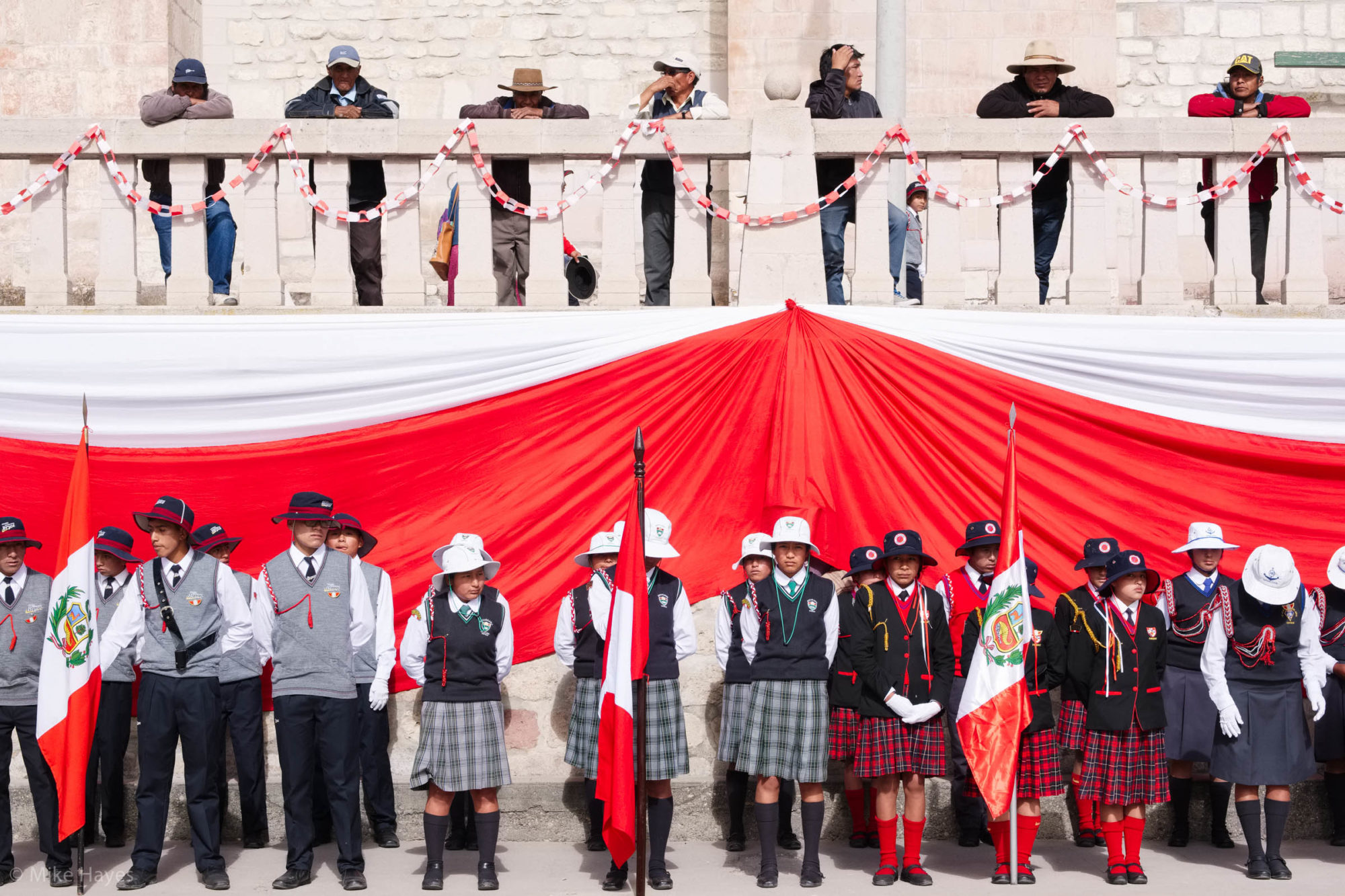
– Experiment with what works for you, rather than doing what other people do, and don’t worry if viewers don’t “get” a picture you’ve taken. This kind of picture-taking is very personal. In terms of approach, some street photographers like to wait in a place to see if anything will happen, others—like me—prefer to just wander and see what’s what, and that goes well with exploring a place. For me, it’s very much a kind of walking meditation, just wandering, not really thinking or looking for anything at all, but just slowing down and noticing the world around me. I do that all the time whether I have a camera with me or not. It’s good practice.
DECONSTRUCTING AN IMAGE
Each one of the pictures here has particular appeal to me for various reasons. Hopefully, most of them can speak for themselves. I do have particular favourites, however, one of them being this picture of the chap with the dog snapping at his heels in Cordoba, Spain. It feels very much like the briefest moment of time, with the humour that goes with the chap walking his dog, just visible as a tail, while being terrorised by a stray. The colour harmony between the guy’s trousers and the walls is perfect too, and the whole scene with the lines of the walls, light, and shadow has a terrific geometric appeal to me.
The images captured above are drawn from Mike’s travels in India, Peru, Morocco, Northwest China, Spain, Bolivia, Argentina, and Turkey, taken between 2000 and 2013.
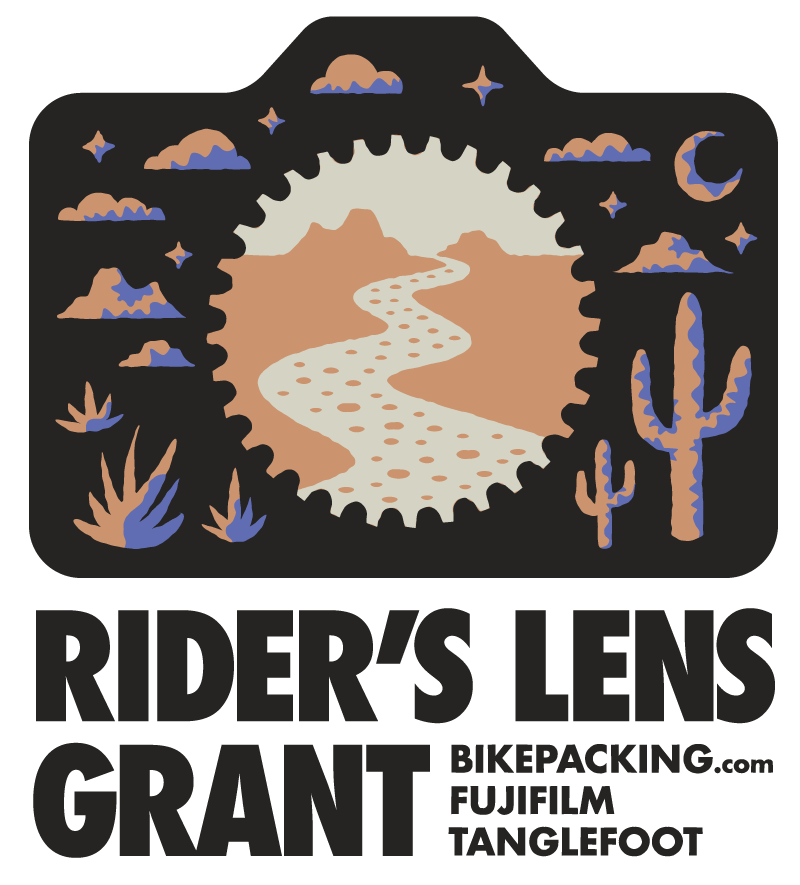
Rider’s Lens Grant
If you’re interested in photography and want a crack at getting some excellent camera gear and more, check out our new Rider’s Lens Grant! We’re giving away a FujiFilm X-T4, four Fuji X100Vs, a complete Tanglefoot Hardtack bicycle, photographic storytelling mentorship workshops, and cash to aspiring photographers who are passionate about documenting their bike travels and adventures. Full details here.
Related Content
Make sure to dig into these related articles for more info...
Please keep the conversation civil, constructive, and inclusive, or your comment will be removed.













